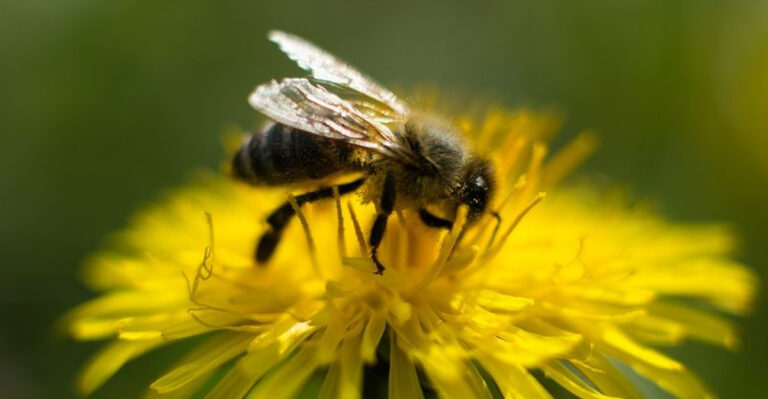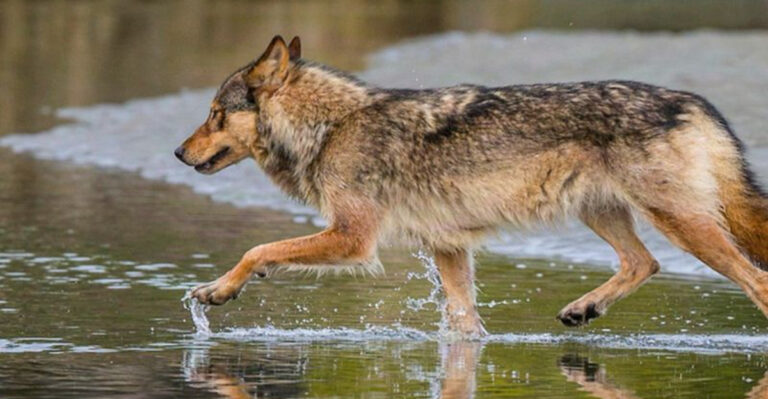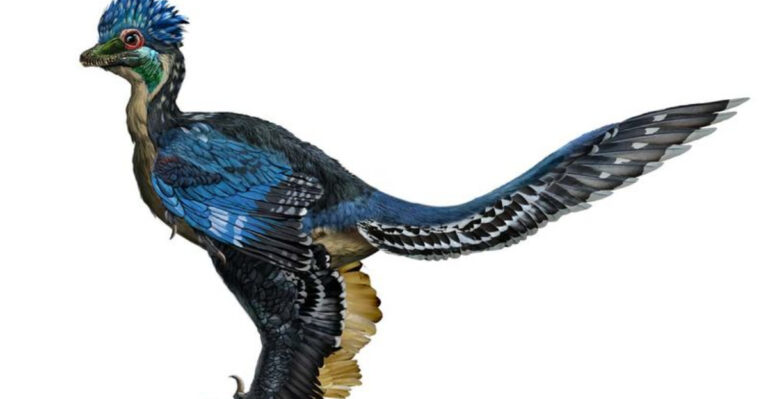9 Animals That Could Easily Take Down A Honey Badger And 3 That Would Think Twice Before Messing With One
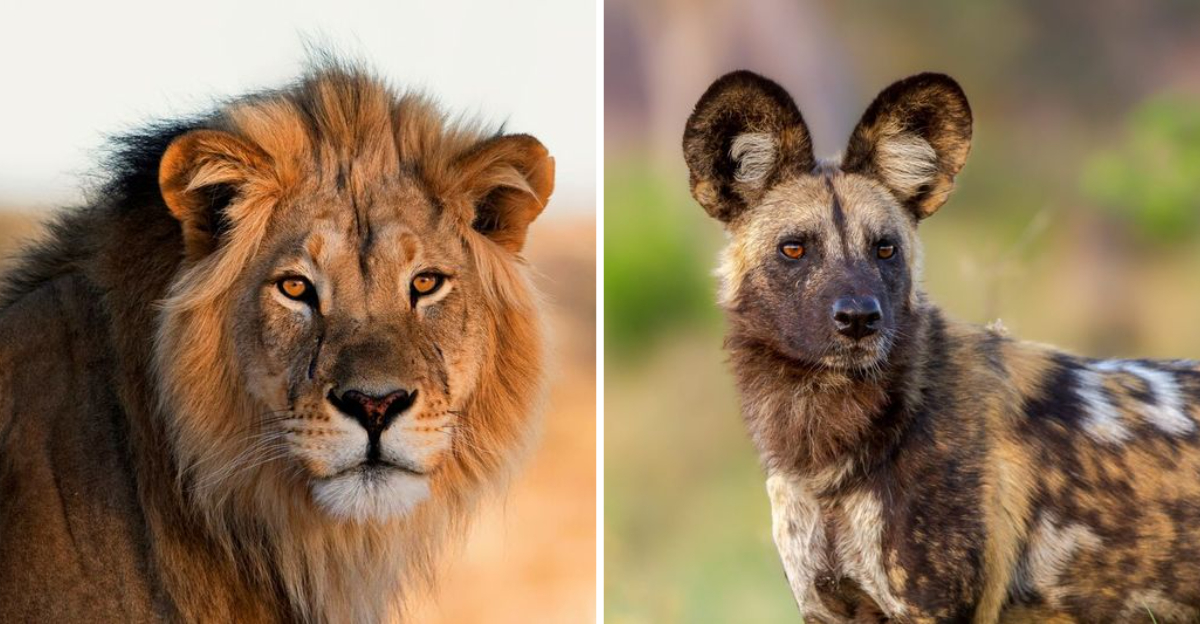
Honey badgers have earned their reputation as one of nature’s toughest creatures. These small but fierce mammals are known for their incredible resilience, thick skin, and fearless attitude when confronting threats.
Despite their legendary status, there are still animals in the wild that can overpower them – while others might reconsider starting a fight with these tenacious creatures.
1. Lions
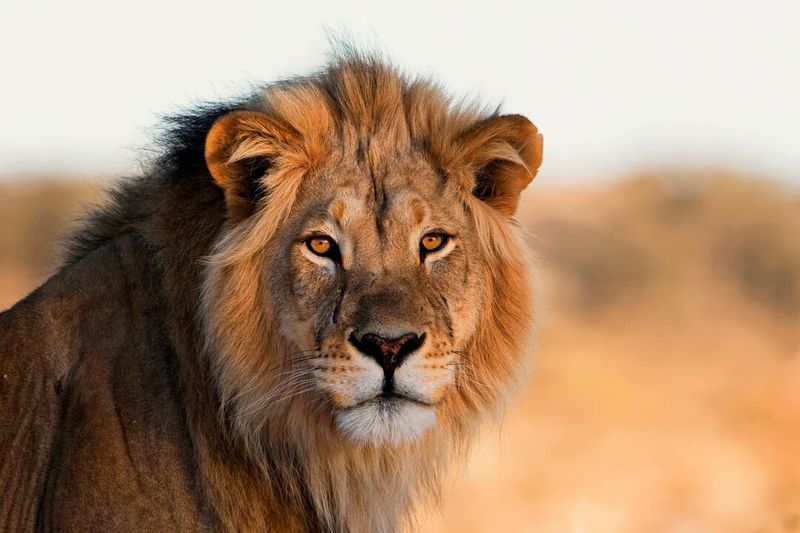
Adult lions possess overwhelming advantages against honey badgers, making any confrontation extremely one-sided. With powerful jaws that can crush bones and paws that deliver devastating blows, a single swipe can incapacitate a honey badger instantly.
Lions hunt in coordinated prides, easily surrounding and overwhelming the solitary badger. Their massive size difference – lions weighing up to 30 times more than honey badgers – means the outcome is rarely in doubt.
2. Elephants
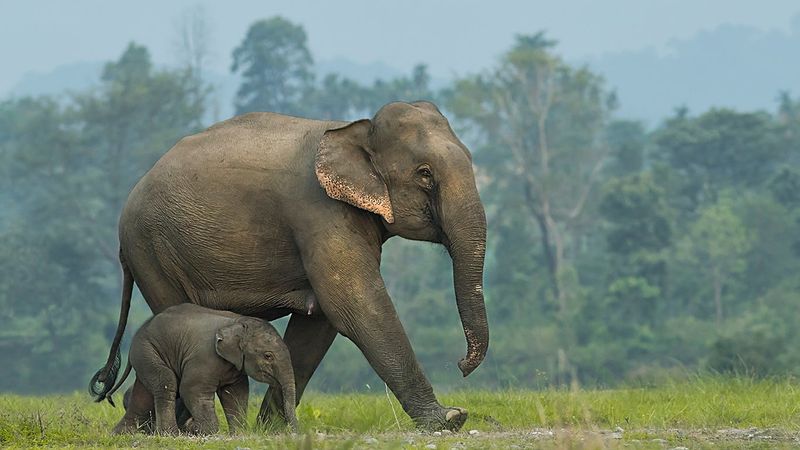
Weighing up to six tons, African elephants could crush a honey badger without even trying. Their massive feet can flatten nearly anything in their path, while their powerful trunks can toss a badger several yards through the air.
Elephants possess remarkable intelligence and memory, allowing them to recognize threats and respond accordingly. If a honey badger were foolish enough to antagonize an elephant, the pachyderm could easily dispatch it with minimal effort.
3. Crocodiles
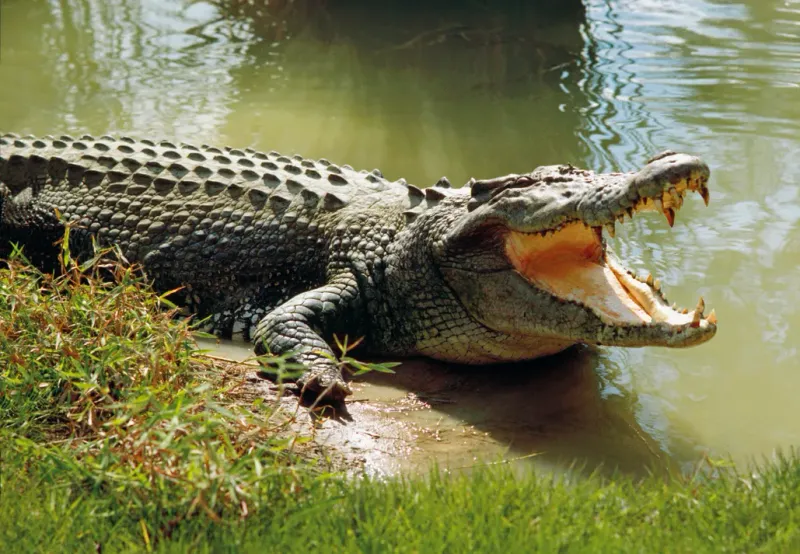
Nile crocodiles possess the strongest bite force in the animal kingdom, easily capable of snapping a honey badger in half. Their ambush hunting style gives honey badgers little chance to mount a defense when caught unaware near water sources.
These ancient reptiles can reach lengths of 20 feet and weigh over 1,600 pounds. A honey badger’s tough hide offers scant protection against jaws designed to crush turtle shells and buffalo bones. Crocodiles’ aquatic advantage compounds the honey badger’s disadvantage.
4. Hyenas
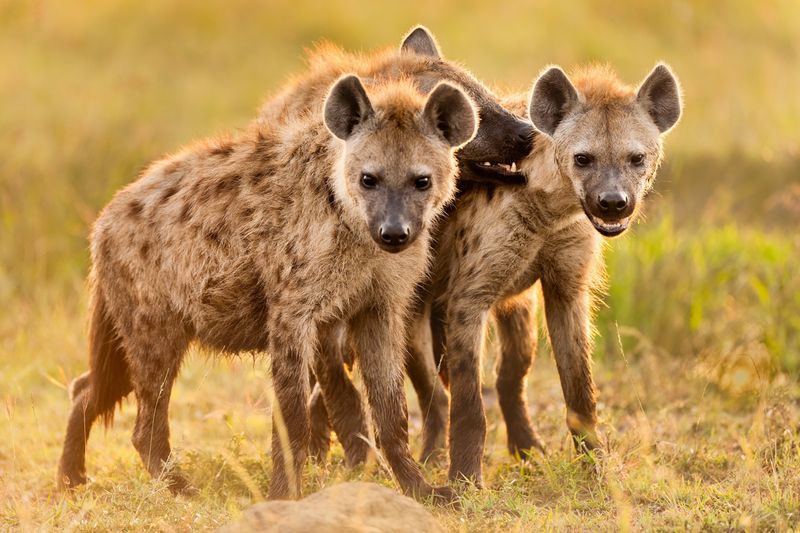
Spotted hyenas hunt in coordinated packs, easily overwhelming solitary honey badgers through superior numbers and strategy. Their jaws generate enough force to crush bones, making short work of a honey badger’s defenses.
These intelligent predators communicate effectively during hunts, cutting off escape routes and taking turns to wear down prey. A honey badger’s stamina, impressive as it is, eventually falters against such relentless teamwork.
5. Python
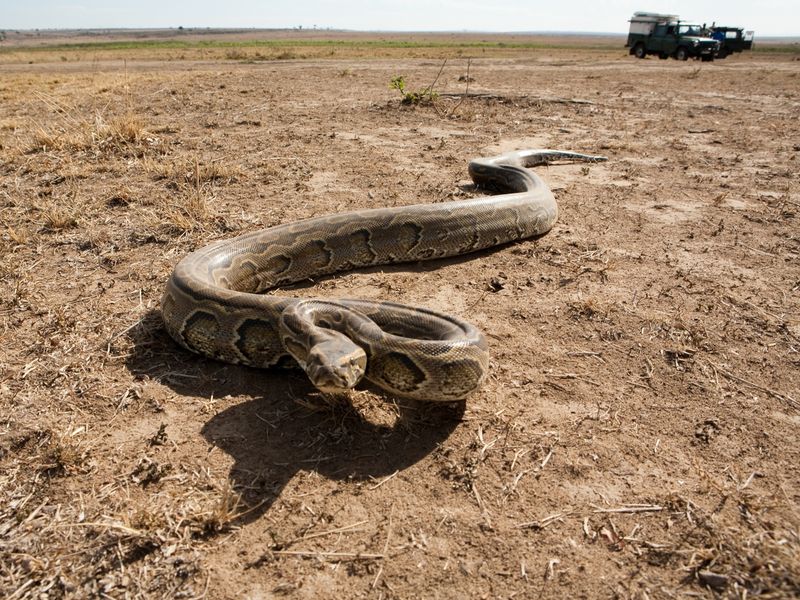
African rock pythons employ ambush tactics, striking from hiding spots before a honey badger can react. Their lightning-fast strikes are followed by powerful constriction that cuts off blood flow to the brain within seconds.
Growing up to 25 feet long, these massive snakes regularly prey on animals much larger than honey badgers. Their muscular coils can exert pressure exceeding 100 pounds per square inch – more than enough to overcome a badger’s resistance.
While honey badgers are known to hunt and eat snakes, the sheer size differential makes pythons formidable opponents.
6. Leopards
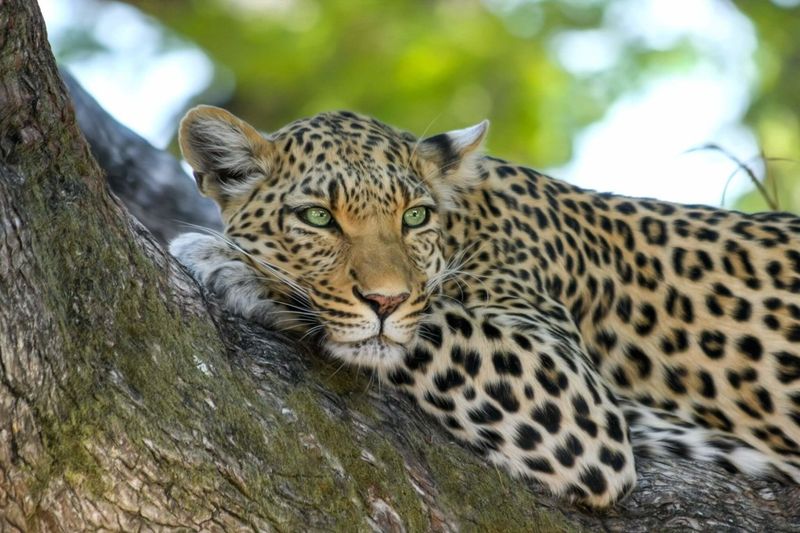
Leopards combine explosive speed with deadly precision, ambushing honey badgers before they can mount a defense. Their hunting strategy relies on a powerful initial pounce followed by a killing bite to the neck – a technique that neutralizes the badger’s fighting ability.
Unlike some predators, leopards aren’t deterred by the honey badger’s anal gland secretions. Their persistence and determination make them particularly dangerous opponents. The leopard’s incredible strength allows it to carry prey three times its own weight up trees, easily managing a honey badger’s 30 pounds.
7. Hippos
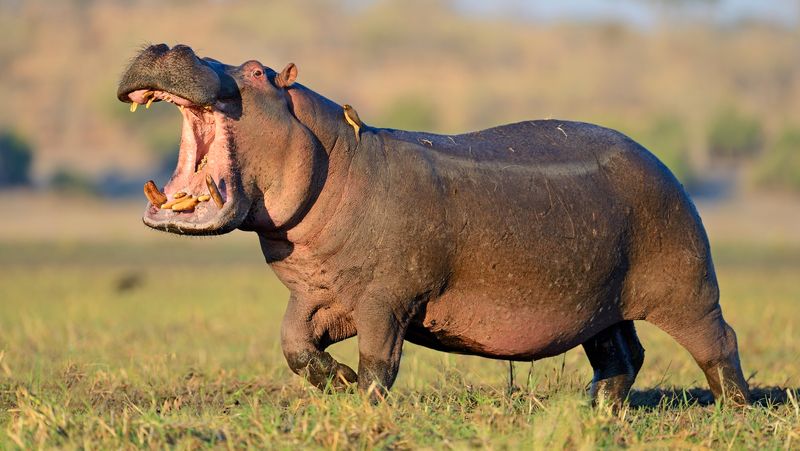
Weighing up to 9,000 pounds, hippos could simply trample a honey badger underfoot. Their territorial aggression means they attack perceived threats without provocation, giving badgers little opportunity to avoid confrontation near water sources.
Surprisingly fast for their size, hippos can reach speeds of 20 mph on land – easily outpacing a honey badger’s top speed. This combination of size, weaponry, speed, and aggression makes hippos among the most dangerous animals a honey badger could encounter.
8. Eagles
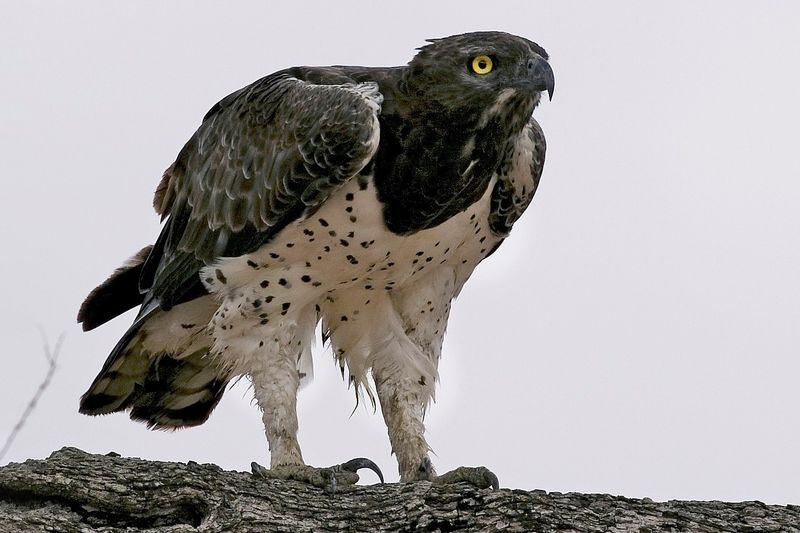
Martial eagles possess talons that can puncture a honey badger’s tough hide with ease. Their aerial advantage allows them to strike without warning, targeting vulnerable areas like eyes and neck.
With wingspans exceeding 6 feet and diving speeds approaching 100 mph, these aerial predators deliver devastating impact force.
Their precision allows them to target vulnerable areas that bypass the badger’s tough skin. Honey badgers have poor upward visibility, making them particularly vulnerable to aerial attacks.
9. Rhinos
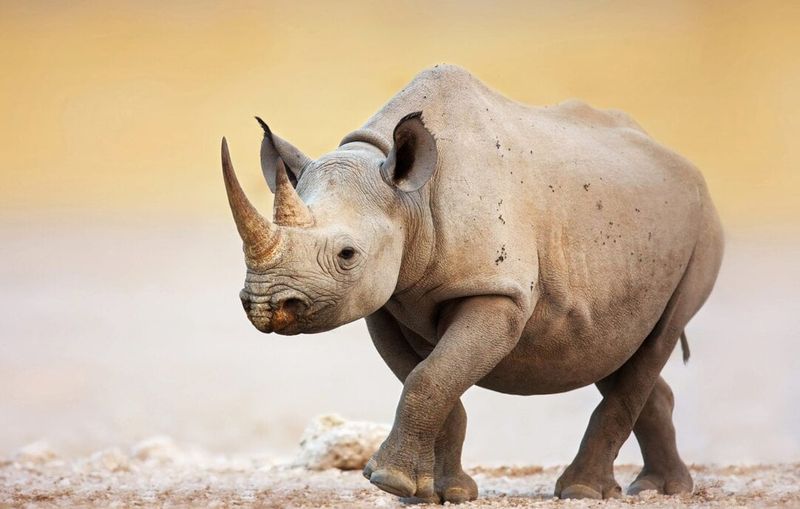
White rhinos weigh over 7,000 pounds and can charge at speeds exceeding 30 mph. Their massive horns – some growing over 5 feet long – can impale a honey badger with minimal effort during a charge.
Rhinos have notoriously poor eyesight but acute hearing and smell, making them highly reactive to perceived threats.
Their aggressive temperament means they often charge first and ask questions never, giving honey badgers little chance to escape. Even without their horns, rhinos could easily crush a badger underfoot.
10. Wolverines
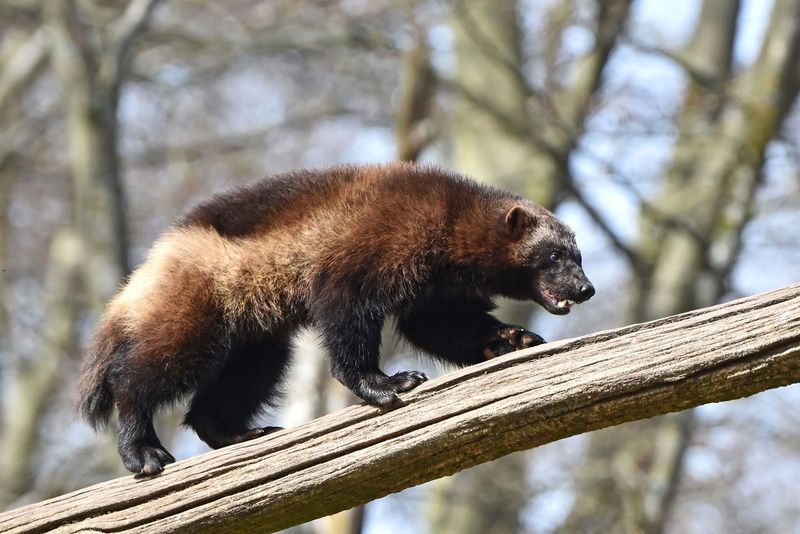
Wolverines might hesitate before tangling with honey badgers, recognizing a worthy opponent. Both animals share remarkable pound-for-pound strength and relentless fighting spirit, making encounters between them potentially prolonged and brutal.
While slightly larger than honey badgers, wolverines lack the overwhelming size advantage that makes other predators dominant. Their similar fighting styles – including powerful jaws, sharp claws, and thick hides – create a more balanced matchup.
Wolverines possess slightly stronger jaws and greater weight, potentially giving them an edge. However, honey badgers’ looser skin provides protection against bites, while their remarkable flexibility allows them to twist and counter-attack. This combination of factors makes wolverines cautious about engaging these fierce adversaries.
11. Tigers
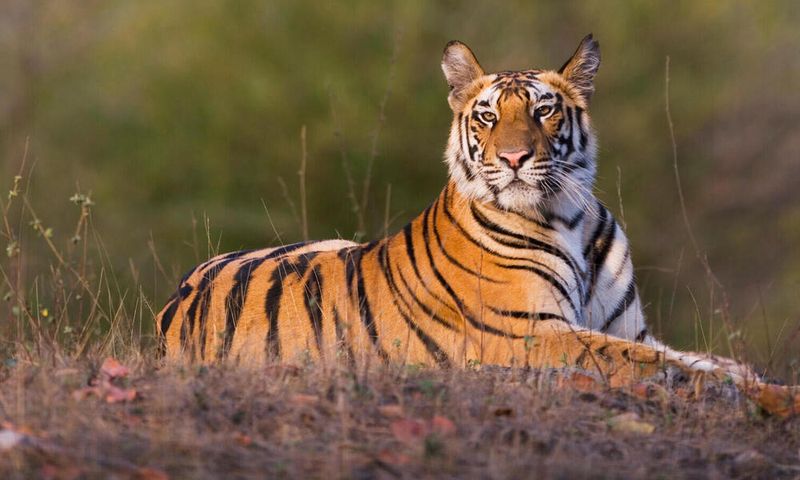
Tigers possess overwhelming physical advantages over honey badgers but approach these small fighters with surprising respect. A tiger’s powerful paws can deliver lethal blows, yet they’ve learned that honey badgers fight with extraordinary ferocity when cornered.
The badger’s thick, loose skin provides remarkable protection against piercing attacks. Tigers, being intelligent hunters, recognize that easier prey requires less energy expenditure and risk of injury. A tiger would ultimately prevail in a serious confrontation through sheer size and power.
However, the potential for painful bites to vulnerable areas like the face or underside makes tigers think twice before engaging these small but formidable adversaries when other prey options exist.
12. African Wild Dogs
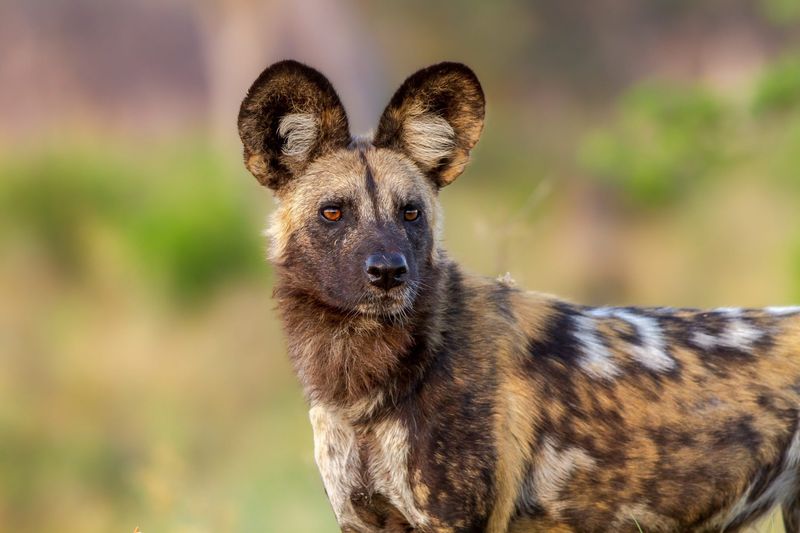
African wild dogs are among Africa’s most successful hunters with an 80% kill rate, yet they approach honey badgers with notable caution. Their pack hunting strategy typically overwhelms prey through coordinated attacks and stamina.
Despite their numerical advantage, wild dogs recognize the honey badger’s remarkable pain tolerance and counter-attacking ability. The potential for serious injuries to pack members makes them hesitant to engage unless absolutely necessary.
Wild dogs could theoretically overpower a honey badger through coordinated attacks, but the cost-benefit analysis rarely justifies the risk.
The pack’s success depends on maintaining healthy members, and the injuries likely to be sustained when fighting honey badgers make these small mammals less attractive targets compared to more docile prey.



